Improving analytical sensitivity is almost an eternal topic in analytical chemistry. Instrument makers and analysts always try to make high-sensitivity instruments and develop high-sensitivity methods. Especially in environmental analysis, drug analysis and food analysis, the relevant laws and regulations have high requirements for sensitivity. It is this kind of requirement that promotes the development of the instrument, and the development of the instrument puts forward higher detection sensitivity requirements for the regulators. This interaction is cyclic. So for the commonly used instruments and methods in the laboratory, what methods have been compiled to improve the sensitivity? It's coming!
1、 How to improve the sensitivity of atomic absorption spectrophotometer
1 lamp current
The light source of flame atomic absorption spectrophotometer is mostly hollow cathode lamp, and the operating parameters of hollow cathode lamp are only one lamp current. In a certain range, increasing the headlight current can increase the radiation intensity, at the same time, the lamp stability and signal-to-noise ratio also increase, but the sensitivity of the instrument decreases. On the contrary, reducing the lamp current in a certain range can reduce the radiation intensity, improve the sensitivity of the instrument, but decrease the lamp stability and signal-to-noise ratio.
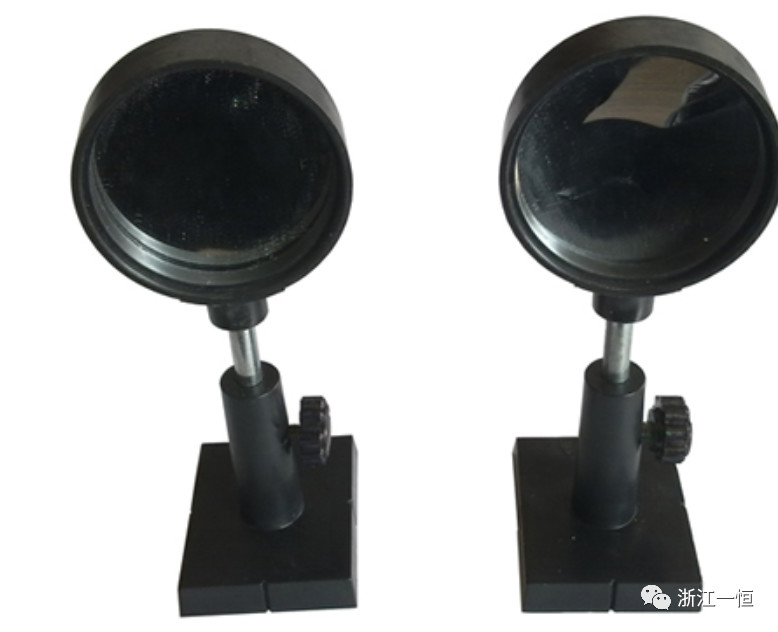
2 atomizer
The atomizer is used to atomize the test solution. It is an important part of the atomic absorption spectrophotometer. Its performance has a significant impact on the sensitivity, precision and chemical interference. Atomizer spray is more stable, droplets are smaller and even, atomization efficiency is higher, the corresponding sensitivity is higher.
3 lifting capacity
The amount of lifting affects the sensitivity. The ways to increase the lifting capacity are: (1) increase the flow of auxiliary gas. This increases the negative pressure to increase the lifting capacity. (2) Shorten the length of the injection tube. Shortening the length of the injection tube reduces the resistance of the tube and increases the flow rate of the test solution. On the contrary, if you want to reduce the lifting capacity, you can reduce the auxiliary gas flow or lengthen the injection tube length.
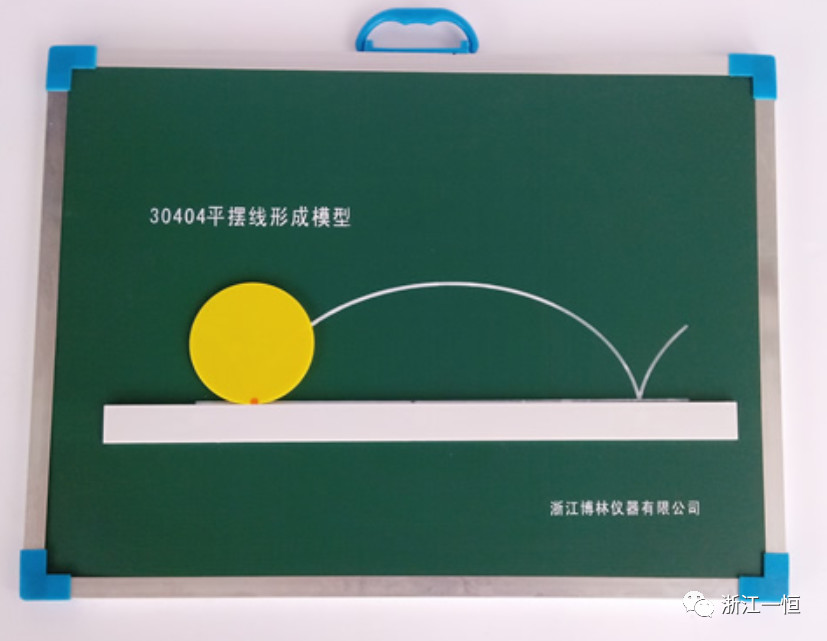
4 analysis line
There are many analytical lines for each element. Generally, the resonance line has the highest sensitivity and is often used as the analytical line. However, this sensitive line should be selected when measuring high concentration samples.
5 burner location
Adjust the height and front and back position of the burner to make the light beam from the hollow cathode lamp pass through the flame area with the maximum free electron concentration. At this time, the sensitivity is the highest and the stability is the best. If high sensitivity is not needed, for example, when measuring high concentration test solution, the sensitivity can be reduced by rotating the burner angle to facilitate detection.
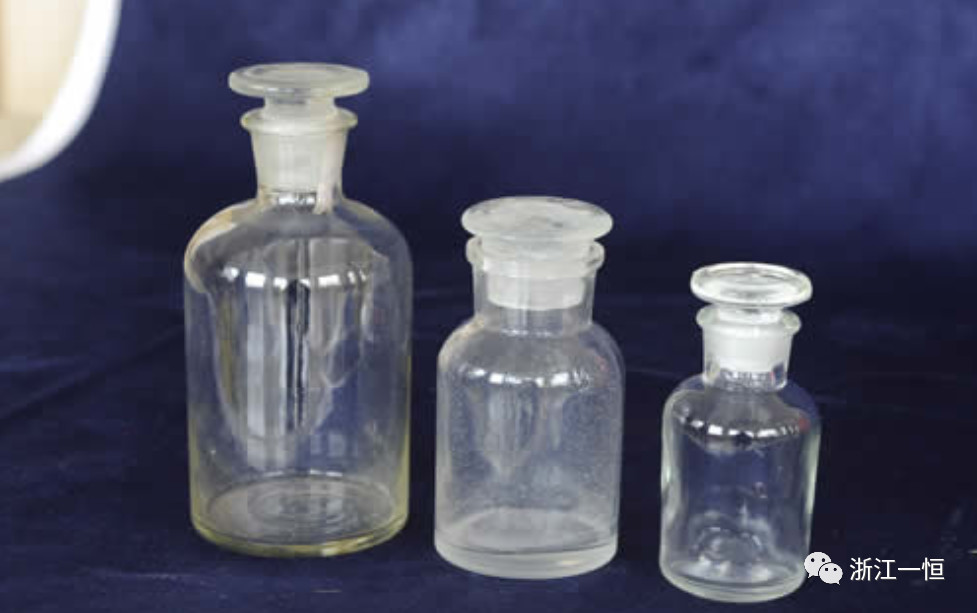
6 flame
The type and state of the flame play an important role in the sensitivity. Different flame should be selected according to the characteristics of the tested elements. At present, there are air hydrogen flame, air acetylene flame and no acetylene flame. The flame temperature of air hydrogen flame is relatively low, which is used to determine the easily atomized elements in the flame, such as arsenic, selenium, etc.; the air acetylene flame is a medium temperature flame, which is used to determine the more difficult to dissociate elements in the flame, such as magnesium, calcium, copper, zinc, lead, manganese, etc.; the no acetylene flame is a high temperature flame, which is used to determine the difficult to dissociate elements in the flame, such as vanadium, aluminum, etc.
7 slit
Under certain conditions such as lamp current and negative high voltage, the smaller the slit, the higher the sensitivity, but how large the slit should be determined according to the characteristics of the element to be measured. When the tested elements have no adjacent interference lines, such as potassium, pins, etc., large slits can be used. When the measured elements have adjacent interference lines, such as calcium, iron, magnesium, etc., smaller slits can be used. The above factors affecting sensitivity are unity of opposites. In the specific testing work, the tester should take several factors into consideration as a whole, and adjust several factors according to the situation of the instrument and the sample to achieve the best working condition.
2、 How to improve the sensitivity of liquid chromatography
1. Increase column temperature
2. Reduce column diameter
3、 Reduce the response time of detector
4. Use high purity silica gel column
5. Change the pH value of mobile phase
6. Change organic phase%
7. Change bonding phase
8. Changing organic additives
3、 How to improve the sensitivity of GC analysis
1. Sample concentration
When the sample concentration is lower than the detection limit of the instrument, the concentration method is often an effective way to improve the analytical sensitivity. For example, in the analysis of pesticide residues in water and food, the concentration of ppb (10-9g / ml) to PPT (10-12g / ml) detector can not reach the detection limit. Therefore, the sample must be concentrated. The commonly used methods are: (1) volatile solvent after liquid-liquid extraction, and then constant volume; (2) concentration by SPE. These two methods can concentrate several orders of magnitude, so they are widely used in practical analysis. However, the obvious disadvantages of this method are time-consuming, solvent consuming, possible loss of samples, and environmental pollution.
2. Use selective high sensitivity detector
It is also a common method for chromatographic workers to improve analytical sensitivity. For example, ECD is used to analyze halogen compounds, NPD is used to analyze nitrogen and phosphorus compounds, FPD is used to analyze sulfur and phosphorus compounds, etc. It can also be used as a general-purpose detector with high sensitivity such as AED and MSD.
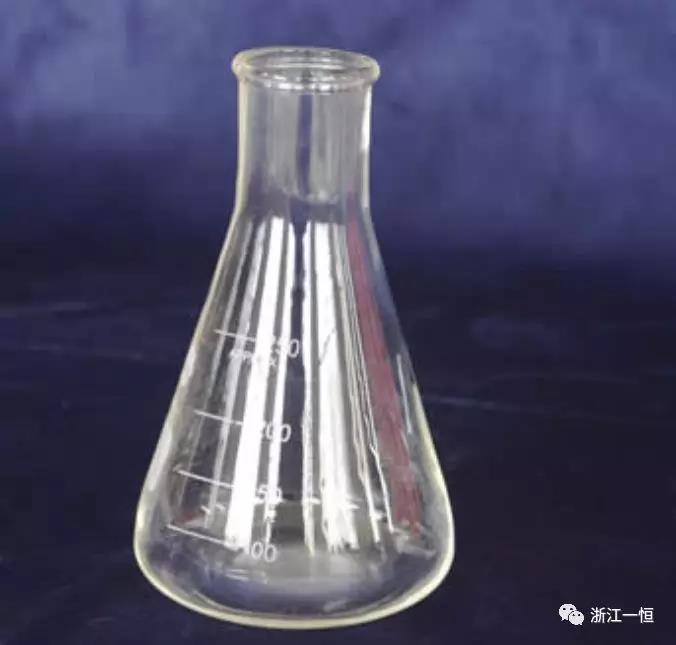
3. Reduce instrument system noise
Instrument system noise usually comes from two aspects: one is the instrument itself, such as detector noise, circuit noise, loss of stationary phase of chromatographic column, etc.; the other is the sample matrix, such as food extract, contains many impurities. The former can be suppressed by using selective detector and low loss chromatographic column, while the latter needs to purify the sample, such as SPE technology, but it also has the problem of time-consuming and sample loss.
4. Improve the injection mode
The techniques of non split injection, cold column injection and temperature programmed injection have been introduced, which can improve the analytical sensitivity to a certain extent and simplify the sample processing steps. In recent years, large volume injection (liv) technology is an effective way to improve the sensitivity. The sensitivity can be increased by one or two orders of magnitude by using a sample injection quantity (5-500 μ L) that is tens to hundreds of times larger than that of conventional GC.
4、 How to improve the sensitivity of GCMS
GC / MS is becoming a common instrument for chemical analysis. It is widely used in the fields of medicine, food and environment. It is the main tool for testing volatile substances, semi volatile substances, pesticide residues in food, perfume and perfume. It has powerful functions in both qualitative and quantitative aspects. But in the daily application, we found that the function of GC / MS has not been fully played, or we use GC / MS for chemical analysis, but the results are not really good.
Generally, the methods in the literature only provide the main parameters, such as the temperature rising program and the temperature of the ion source. In fact, there are still some important parameters in the instrument settings of GC / MS, and the settings of these parameters should vary with the test.
How to create a new instrument method? Many instrument operators prefer to manually select the parameters to be modified based on the existing methods, which often omits some important parameter settings. Therefore, it is recommended to edit the complete method from the default method preset by the instrument. For example, edit enter method is available in the menu.
1. The first instrument parameter is injection volume
The general GC / MS method is 1ul. If the detection line is required to be low, the injection volume can also be increased according to the solvent expansion rate, but the expansion volume should be smaller than the liner volume.
2. For trace or trace analysis
We will choose partial flow injection, but the pulse partial flow injection can provide a narrower peak width and maximize the sensitivity.
3. Temperature rise procedure
We need to pay attention to the application of solvent focusing. Setting a low initial temperature of the column box can play a good role in solvent focusing to reduce the peak width.
4. Setting of mass spectrum parameters
If the quantitative analysis is carried out, the sensitivity of simple scan is low, but the simple SIM may lose a lot of useful information, for example, testing complex matrix can understand the matrix composition through scan data. At present, most instruments can analyze scan and sim at the same time. In the analysis of scan and sim at the same time, we should pay special attention to the allocation of detector time.
5. Temperature of ion source
The temperature of the ion source also has a great influence on the sensitivity of the substance. Generally, the temperature of the ion source will be set as 230 degrees, but the latest ion source can be set as 300 degrees, which greatly improves the sensitivity of the compound.
5、 How to improve the sensitivity of the method
1. Select appropriate analysis method
Different analytical methods have different sensitivity. This is due to their different measuring principle and instrument structure. The suitable analytical method can be selected according to different components and their contents.
2. Optimize the experimental conditions
For a specific analytical method, there must be some experimental conditions that affect the analysis and determination of the components to be tested. Only under the optimal experimental conditions, the sensitivity of this method is the highest.
3. Reduce the blank value
4. Increase the injection volume
5. Enrichment of components to be tested
A suitable concentration method is used to separate and concentrate the components to be determined in the sample, so as to improve the sensitivity of the analytical method.
In the instrument analysis, the analysis sensitivity directly depends on the sensitivity of the detector and the magnification of the instrument. When the sensitivity of the detector and the magnification of the instrument are increased, the sensitivity is increased, and the noise is also increased with the increase of the sensitivity. The sensitivity of the method is expressed by the lower limit. The lower the lower the limit, the more sensitive the identification method is. Therefore, choosing the appropriate method and adjusting the instrument settings to the best parameter state will certainly play a multiplier effect for laboratory analysis.




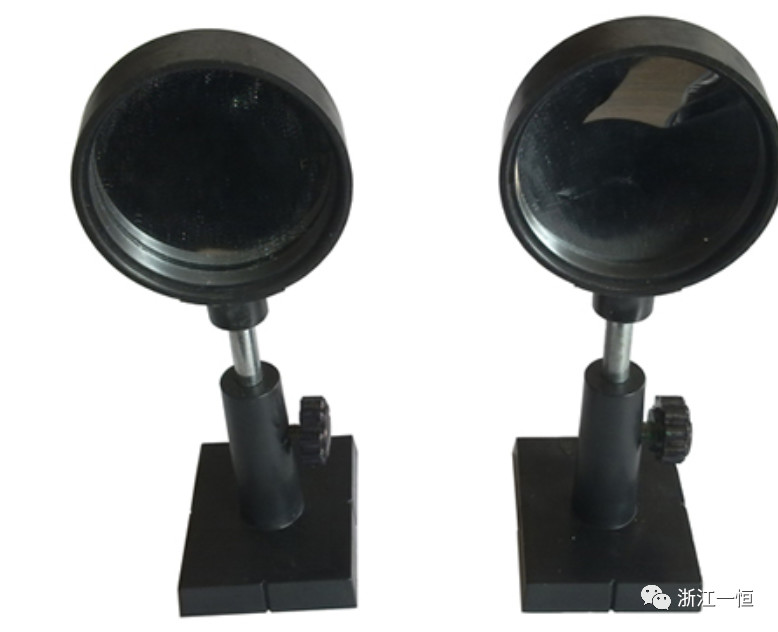

 CN
CN SE
SE
